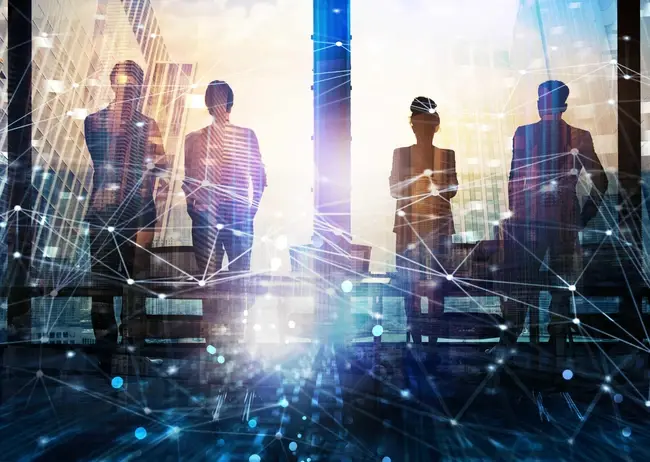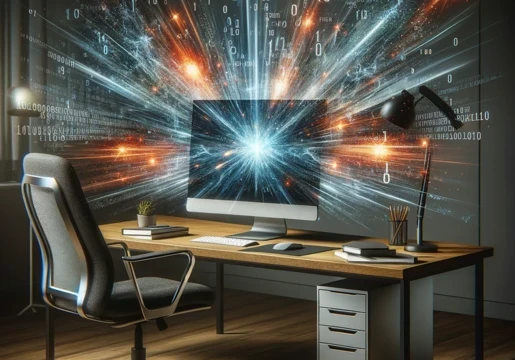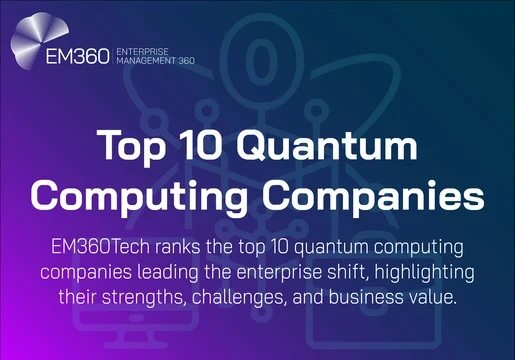This article was contributed by Andrew Duncan, Partner and UK Head, Infosys Consulting.

In Parts I and 2 of this series, I’ve discussed the importance of creating an analytics-led culture with strong digital talent in the future workplace. With COVID-19 breaking apart old ways of working, organisations can also diverge from the inertia of the past by reimagining the traditional office. While not every business will be able to move to a completely virtual model, we can all take the opportunity to redesign our real estate portfolio to create a better and more digital experiences for improved collaboration and productivity. But this will require transformational thinking and re-setting expectations around what fit-for-future workspaces look like.
Question existing assumptions
In response to the pandemic, most organisations simply transferred existing processes and ways of working to virtual work set-ups, emulating their pre-COVID-19 practices. This may have worked in the short-term as a rapid and temporary response to lockdown. However, for mid to long-term economic and business planning, leaders must question long-held assumptions about the place of the traditional role of the office in their operations. In the world ahead, I see an environment where businesses need to run in the most effective way possible – including an ‘anywhere, anytime’ operating model with less reliance on a central location. There should be close collaboration between the business and HR to evaluate and redesign the real estate footprint, with an emphasis on getting fit for purpose spaces up and running quickly.
Facilitate collaboration
Our teams may no longer use the workspace to perform screen work at desks, or to be seen by their line manager as part of a long-established presenteeism culture. However, business leaders will need to consider if their corporate cultures and communities will suffer without physical interaction over time. As such, we may look to repurpose our workspaces to facilitate interactions or work that cannot happen remotely. This could include accessing equipment or technology that isn’t available at home locations, to accommodate moments of collaboration, or for dedicated innovation centres to inspire creativity and learning. I expect portfolios to incorporate a variety of space solutions as we move into this hybrid work model, primarily focusing on flexible leases and smaller metro hubs for dispersed working.
Use data as an asset
I’ve already mentioned that our ability to collect, organise, analyse and react to data will be the new differentiator in business. This also applies to our physical footprint. As we look to reassess our real estate portfolios for the post-COVID-19 future, including how much and where space is required, there will inevitably be increased investments in IoT devices and platforms that focus on collecting real-time data. By taking a forensic approach to data capture across multiple sensors and sources, we can measure how our buildings are being utilised, including metrics like meeting room productivity and occupancy. With these actionable insights, we will be able to better use, optimise and prioritise building spaces while maintaining a safe and engaging environment for employees within the building.
Meet your sustainability agenda
As companies make decisions about where and when to cut costs and where to invest post-COVID-19, they need to start using a green lens to make sure that the workspace strategy also enables them to lower their carbon footprint. Before the crisis, many corporations had already been stepping up to greater environmental and social responsibilities. Now, as we embark on the recovery phase of the pandemic with an emphasis on sustainability, senior leaders can consider how their spaces can support their ongoing ESG agenda. This might include investing in more sophisticated systems and sensors to increase energy efficiencies, such as demand control CO2 sensors to adjust ventilation systems based on the number of people in a room.
Technology for long-term resiliency
We are all aware of the risk of a ‘second wave’ of COVID-19. Specific safety measures will vary by role, location, and company, but smart buildings and spaces will be a fundamental part of ongoing workplace hygiene post-pandemic. I expect to see a shift from biometric (finger-based) staff access systems to touchless technologies such as facial recognition. We’ve also seen much discussion around the ethics of health monitoring systems, particularly in worker-dense manufacturing plants and warehouses. Companies are already creating wearable devices that will allow organisations to monitor their workers remotely and control the COVID-19 outbreak in their workplace by logging their health status in real-time.
I predict our industry is ripe for long-term disruption as traditional working models are upended and new ways-of-working expand. It is clear that where people are ‘physically’ located will no longer be a critical success factor to future of work, and our real estate footprint will have to flex accordingly. However, as we navigate unchartered territory, a focus on digital talent, real-time data and advanced analytics will be the solid foundation we need to underpin our operations, people and workspaces.







Comments ( 0 )